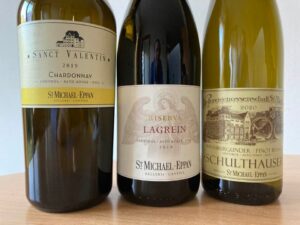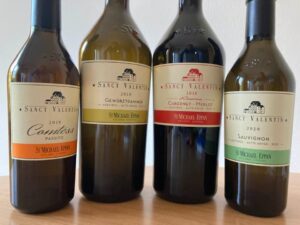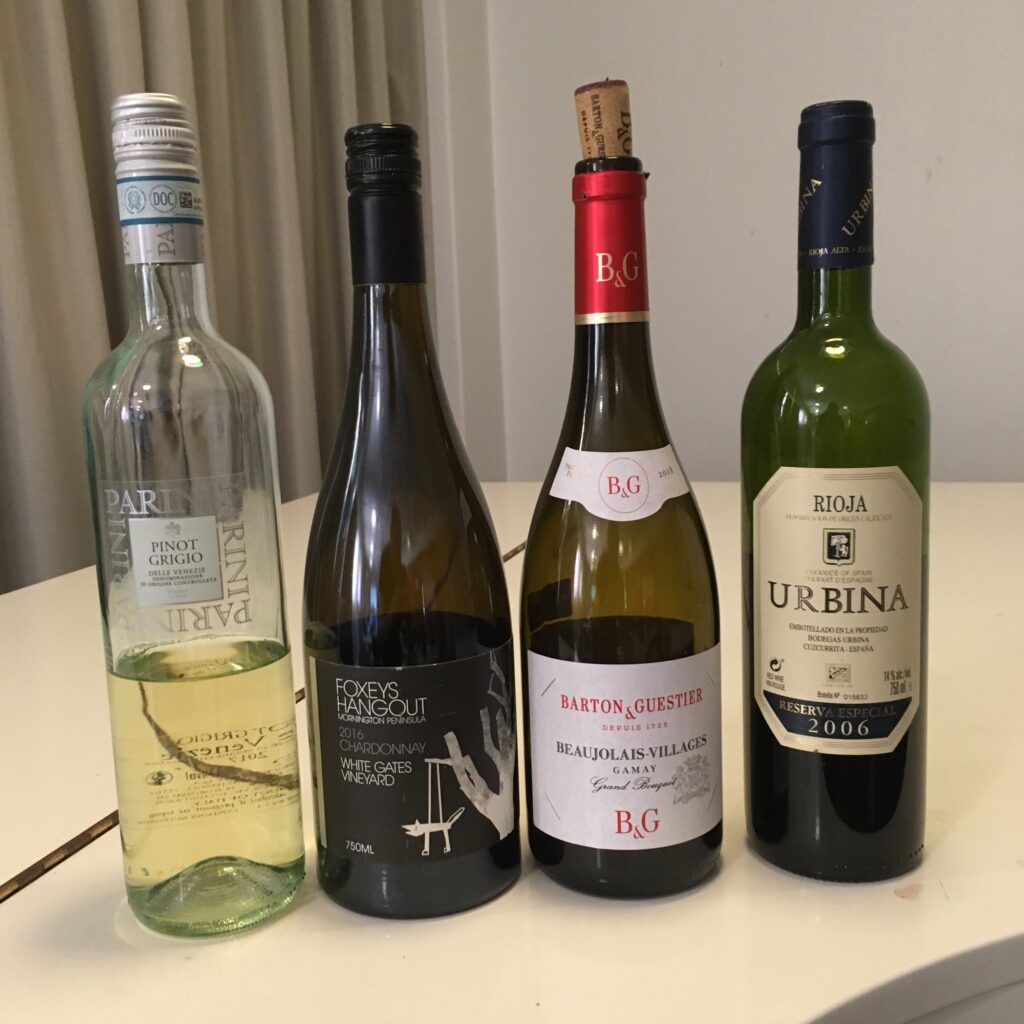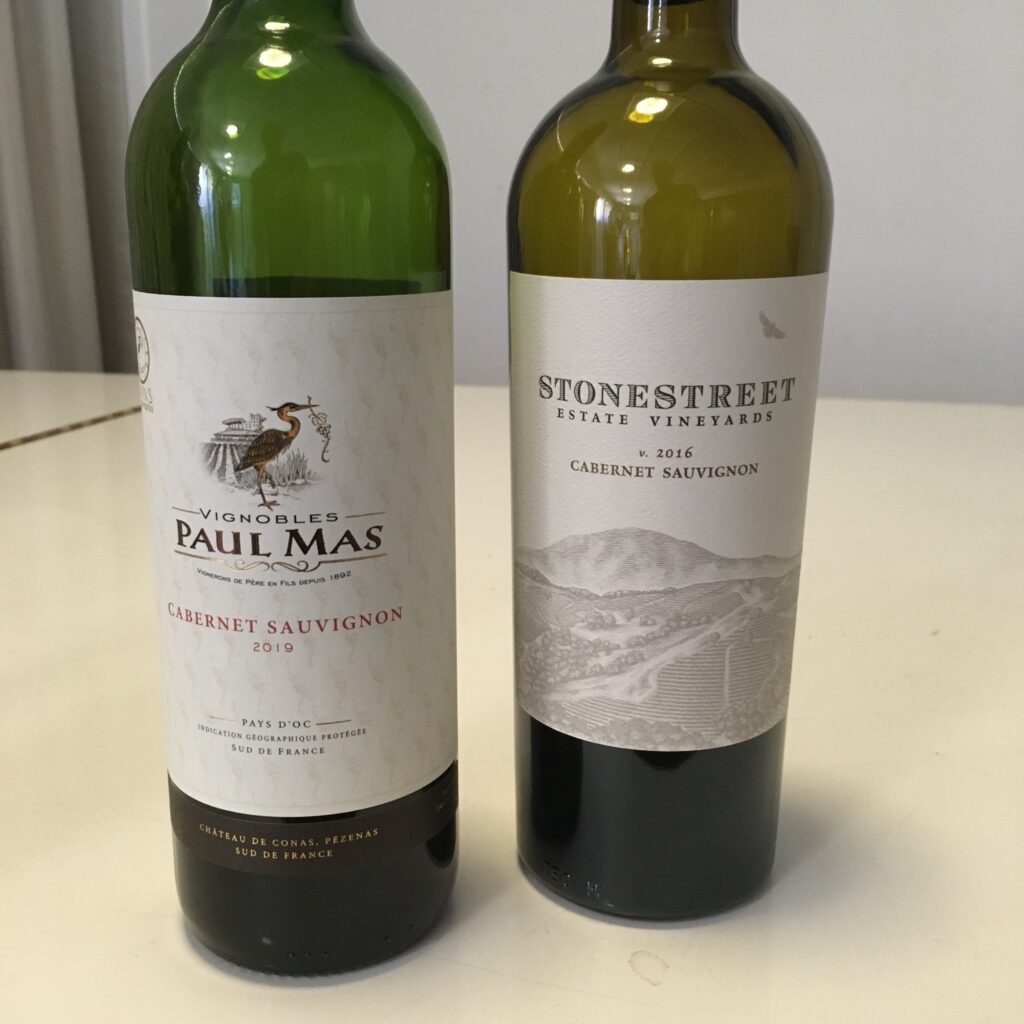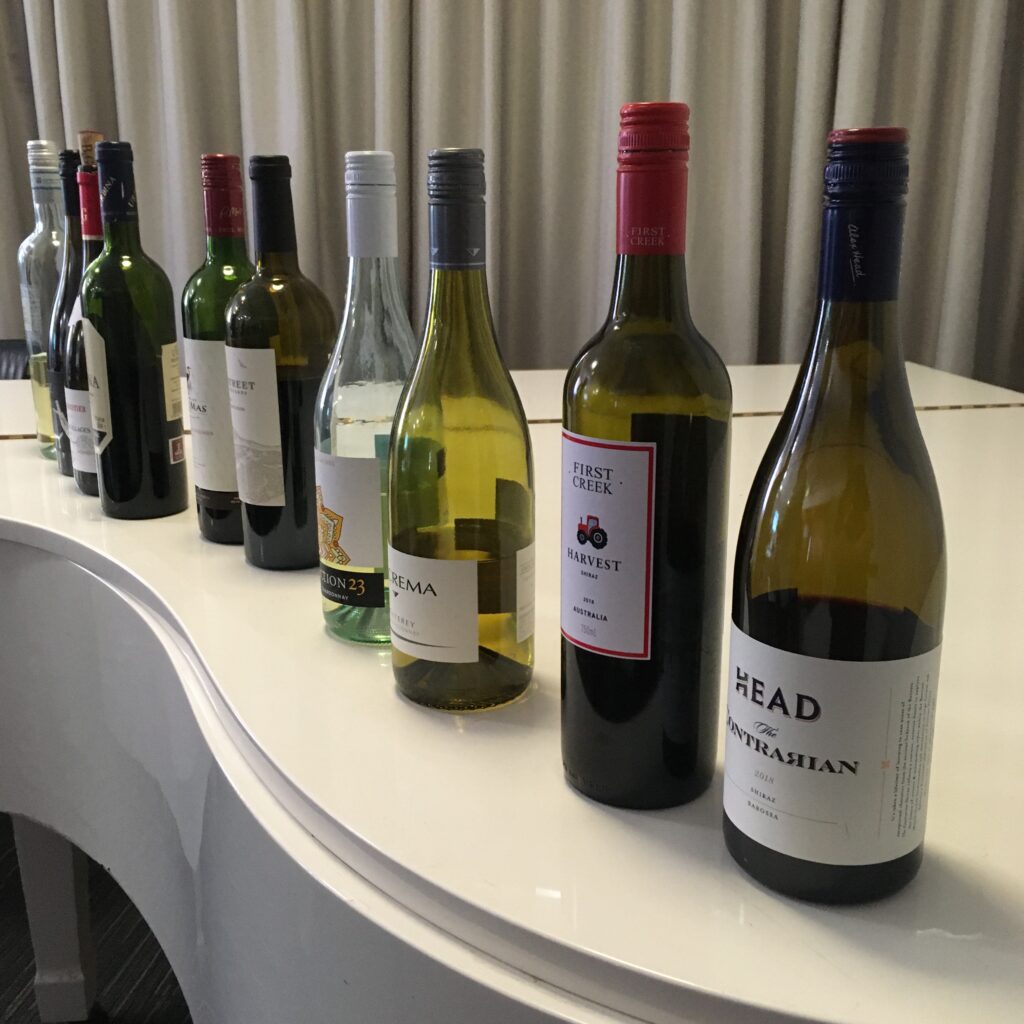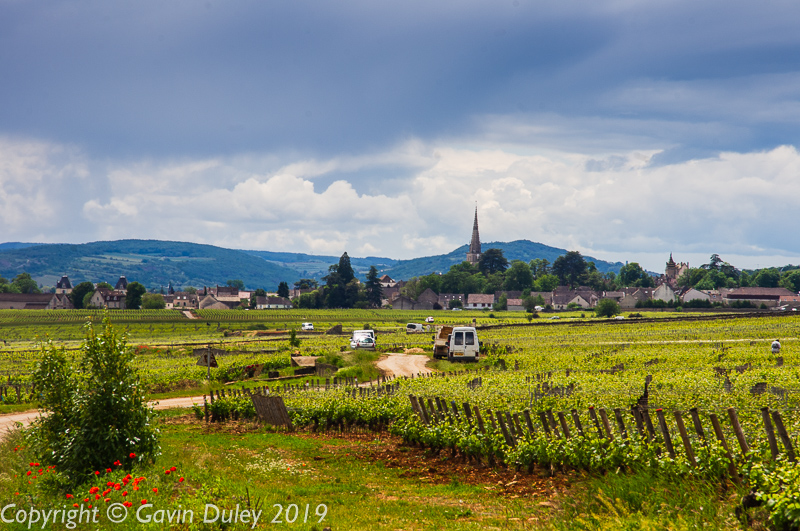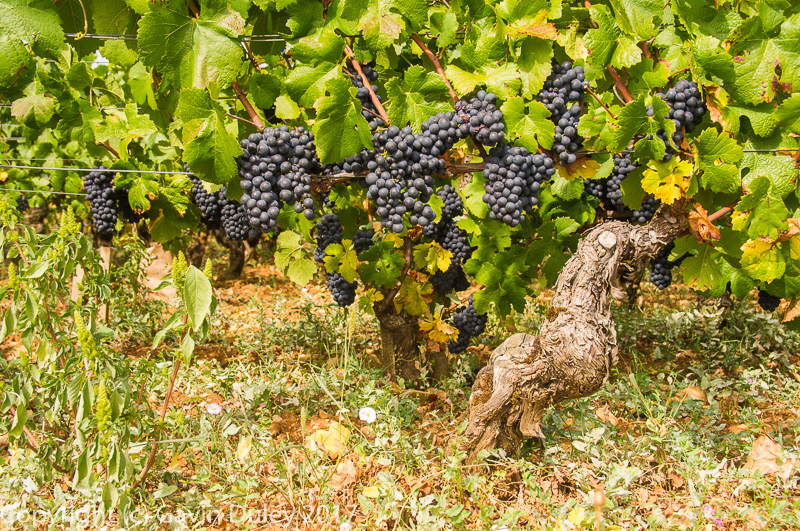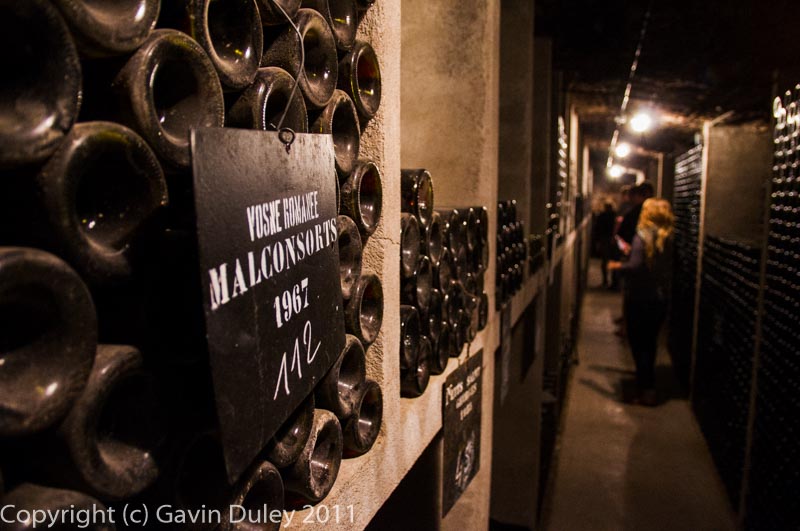Some notes on wines made by St. Michael-Eppan, a co-op winery located an arduous 600m walk from where I live. They have a large selection of wines across several ranges, of which the Sanct Valentin wines are the top of the range, and the single vineyard wines are the middle. The quality seems generally excellent.
2020 St Michael-Eppan Schulthauser Weißburgunder
Colour: medium(-) lemon-green
Nose: medium(-) intensity, secondary, youthful, clean. Fresh and stewed pear, heritage apple varieties. Lemon, lemon peel. Lemon curd. Apricots. Wet stones. Some leesy richness. Just the slightest hint of cedary French oak.
Palate: medium(+) acidity, medium alcohol (13,5%), medium bodied. Medium(+) intensity, medium(+) length finish. Fresh and stewed pear, heritage apple varieties. Lemon, lemon peel. Lemon curd. Apricots. Wet stones, saline, minerally. Some leesy richness. Just the slightest hint of cedary French oak (15% is barrel fermented). Bracing, fresh, lithe, stoney.
Conclusions: very good to outstanding. Can drink now, but suitable for ageing or further ageing.
Seal: DIAM5 cork.
2019 St Michael-Eppan Sanct Valentin Chardonnay
Colour: medium(-) lemon-green
Nose: medium intensity, secondary, youthful, clean. Lemon, lemon curd. Peach, nectarine. Passionfruit, pineapple? Cedar, hazelnut, walnut, vanilla. Honeycomb. Butter, leesy richness.
Palate: dry, medium(+) acidity, medium alcohol (14%), medium(+) bodied. Medium(+) intensity, medium(+) length finish. Lemon, lemon curd. Peach, nectarine. Passionfruit, pineapple? Cedar, hazelnut, walnut, vanilla. Honeycomb. Butter, leesy richness. Some glycerolic richness, smooth mouthfeel. Good example of a rich, riper, medium(+) bodied Chardonnay. Richness and alcohol are nicely balanced by the acidity. Don’t serve too cold!
Conclusions: very good. Can drink now, but suitable for further ageing.
2019 St Michael-Eppan Lagrein Riserva
Colour: intense purple
Nose: intense, secondary, youthful, clean. Mulberry, bramble, black plum, prunes. Blackberry fruit leather. Pomegranate. Cedar, nutmeg, cinnamon, coffee. Earthy, autumnal.
Palate: dry, medium acidity, medium(+) tannins, medium alcohol (14%), medium(+) bodied. Medium(+) intensity, medium(+) length finish. Mulberry, bramble, black plum, prunes. Blackberry fruit leather. Pomegranate. Cedar, nutmeg, cinnamon, coffee. Earthy, autumnal. Good on a winter’s evening with a nice steak.
Conclusions: very good. Can drink now, but suitable for further ageing.
Seal: natural cork
2020 St Michael-Eppan Sanct Valentin Sauvignon blanc
Colour: medium lemon green
Nose: medium(+) intensity, secondary, youthful, clean. Starfruit, maybe cape gooseberry. Elderflower, gooseberry. Passionfruit! Green snap peas, grassy. Redcurrant? Biscuity lees, touch of old oak.
Palate: dry, medium(+) acidity, medium alcohol (14%), medium(+) bodied. Medium intensity, medium length finish. Starfruit, maybe cape gooseberry. Elderflower, gooseberry. Passionfruit! Green snap peas, grassy. Redcurrant? Biscuity lees, touch of old oak, sweet spice. Some creamy, glycerolic mouthfeel.
Conclusions: very good. Quite distinct from either NZ or Loire Sauvignon. This was a noticeable step up from their single vineyard “Lahn” Sauvignon, and I think the oak added a bit of extra complexity. Can drink now, but suitable for short-term ageing.
Seal: natural cork.
Notes from a half bottle.
2020 St Michael-Eppan Sanct Valentin Gewürztraminer
Colour: medium lemon
Nose: pronounced intensity, secondary, youthful, clean. Lemon peel, lemon cordial. Lychee, pineapple, banana, honeysuckle. Ripe pear. Rose petal. Cream.
Palate: off-dry (6,5g/L residual sugar), medium(+) acidity, high alcohol (14,5%), full bodied. Medium(+) intensity, medium length finish. Lemon peel, lemon cordial. Lychee, pineapple, banana, honeysuckle. Ripe pear. Rose petal. Cream. Rounded, oily, creamy mouthfeel. Almost seems dry, especially for a Gewürztraminer — sweetness is balanced by acidity & hint of bitterness. Very aromatic.
Conclusions: very good. Drink now, likely not suited for ageing.
Seal: natural cork.
2018 St Michael-Eppan Sanct Valentin Cabernet Merlot
Colour: medium(+) purple
Nose: medium(+) intensity, secondary, youthful, clean. Blackcurrant, red and black plum, mulberry. Strawberry. Charred oak, woodsmoke, cinnamon. Touch of earthiness?
Palate: medium acidity, medium(+) tannins, high alcohol (14,5%), medium(+) bodied. Blackcurrant, red and black plum, mulberry. Strawberry. Charred oak, woodsmoke, cinnamon. Touch of earthiness? Quite restrained despite the higher alcohol: not a full throttle, full bodied Cabernet by any means.
Conclusions: very good. Can drink now, but suitable for further ageing.
Seal: natural cork
